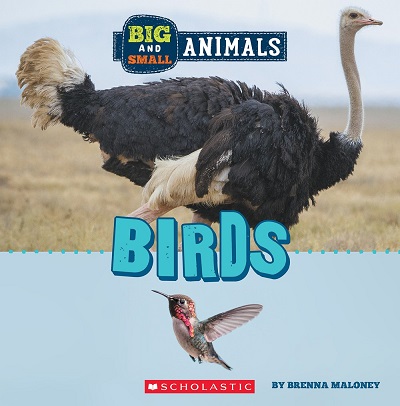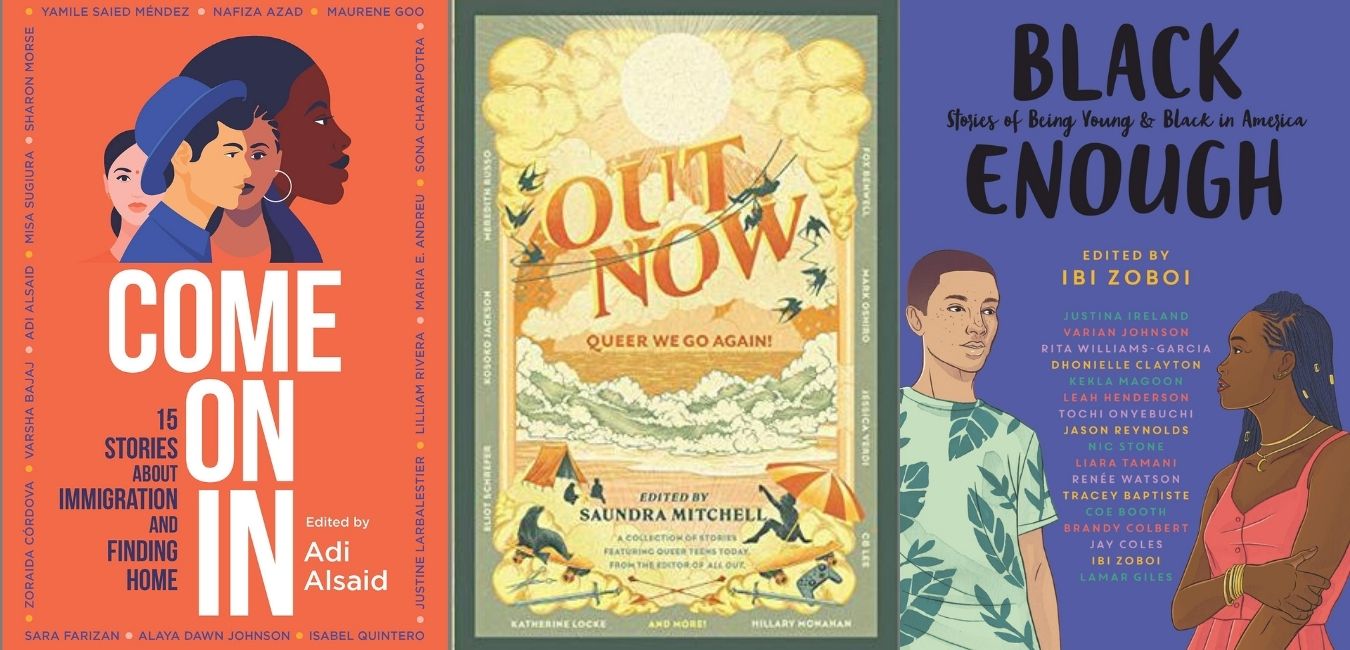Snow White
Written and Illustrated by Matt Phelan
Published by Candlewick Press, 2016
ISBN: 978-0-7636-7233-1
Grades 4-8
Book Review
The Roaring 20s and Art Deco New York City meet the Great Depression in Matt Phelan’s new graphic novel Snow White. Phelan introduces the climax of the novel at the very beginning, revealing to readers a sleeping Snow White in her glass coffin. In this retelling, the glass coffin is the window of Macy’s department store, decorated for the holidays and behind a police line. Readers are next taken back to the early years of protagonist Samantha White’s childhood, when she played in the snow in Central Park. Fast forward a decade, and Samantha, affectionately called Snow by her now dead mother, must watch her father remarry the star of the Ziegfeld Follies. Soon after, the Snow White narrative as we know it commences, with a few particular twists and turns to embed the story in the tumult of autumn, 1929. Phelan replaces the seven dwarves with a multicultural gang of boys, and replaces the prince with Detective Prince of the NYPD. Phelan’s revisions to the story are bounded by historical context, not ideology. As in the original tales, Snow White expresses limited agency in some parts of the narrative, and a man must save her. But the strength of this story is the medium, which adopts the motifs of the silent movies so popular at the time. A cinematic pulse runs through this almost virtually black-and-white narrative, particularly during the multi-page wordless sequences. Readers in the know can almost hear the hum of the film reel. This impressive graphic novel has multiple layers of intertextuality and historical detail ripe for classroom exploration.
Teaching Ideas and Invitations
Close Reading of Illustrations. As you read Phelan’s Snow White, have your students take note of how the illustrations work. Picture This, Molly Bang’s seminal book on illustration, has been reissued by Chronicle Books. Explore Bang’s principles of design with your students, to give them the tools to more deeply unpack the illustrations. Consider when the words disappear and the reader is fully immersed in the narrative arc of the illustrations alone. Why might Phelan have made those choices? How does Phelan punctuate the book with color? Why is color used where it is? Why not in other parts? How does he use line and shading to convey emotion? When you have completed the book, have your students explore the illustrations of previously published versions of the “Snow White” story, using the Sur La Lune webpage as well as the Rutgers University Snow White website. You can explore the illustrations posted on the websites, or use the picture book list on the Sur La Lune page to gather picture books from the school and public library. In general, how do different stylistic choices in different time periods shape how the story is constructed by the reader? Have your students individually or in small groups focus on one specific part of the narrative, and do a close reading of a range of illustrations of that particular moment in other texts. How are the illustrations similar? Different? How do those similarities and differences impact the reader’s experience of that moment? Students can present to one another informally in class or create multimedia presentations to share with parents and family at home or students in other classes.
ADVERTISEMENT
ADVERTISEMENT
Composing Graphic Shorts. After students have had an opportunity to explore Phelan’s stylistic choices (such as in the above teaching activity), allow them to write and illustrate their own graphic fairy tale in graphic short story rather than graphic novel format (it’s a lot of work!). Students may want to rewrite “Snow White” in a different time and place, or they may want to review the folk and fairy tales available on the Sur La Lune website, and select another tale to rewrite. As students start their work, have them brainstorm with one another in small groups. What time and place will they set their story? The past? Present? Future? What do they need to learn about in order to create that world visually? It might be helpful to look at some of Phelan’s storyboarding and research for the book. What kinds of people might the characters in the story become in the historical, contemporary, or fantastical setting that your students select? Provide students the time to do some research before they begin to storyboard their work and draft their graphic short stories. Make sure students read 10 Things Before You Start a Graphic Novel and Shannon Hale’s “Scripting a Graphic Novel.” Penguin’s “You Can Do a Graphic Novel Teachers Guide” may be helpful to teachers feeling uncomfortable with where to start. This is a wonderful opportunity to collaborate with the art or computer teachers at your school. Make sure that students have an opportunity to share their graphic short stories with students in another class, such as your reading buddies.
The Balance of the Book Trailer. Book trailers, like movie trailers, are meant to entice someone to read the book. Have students explore Matt Phelan’s book trailer for Snow White before and after they read the book. What do they think? Too much? Too little? Just right? What is the “Goldilock’s zone” for book trailers? Have students explore a range of book trailers available for books they have previously read. How are they similar? How are they different? What works? What doesn’t? Why? In small groups or as a class as a whole, have students establish their “just right” criteria for book trailers. Next, using that criteria, have individual students write a short review of one of the book trailers.
Predicting and Inferring. Before reading Snow White, have your students brainstorm in a google doc or on chart paper what they already know about the story, based on their prior knowledge. Next, have them make a series of predictions about what might happen in the graphic novel based just on the cover alone. Finally, as your students read the novel, have them keep track of the ways in which they are using their knowledge of the story structure and characters to make predictions and inferences. If these predictions and inferences don’t make their way into your small and large group discussions, stop and pause every so often to ask students this explicitly.
Author-Illustrator Study. Have students in small groups doing an author-illustrator study of Matt Phelan’s graphic novels: Storm in the Barn, Around the World, Bluffton, and Snow White. You may want to have groups of four, in which each person in the group reads a different graphic novel. Or, you may want to have novel-specific groups working together, and pause every so often to bring the different books together through jigsaw groups. Have students consider the ways in which the graphic novels are similar and different from one another in terms of content and style. As stated in an above entry, Picture This, Molly Bang’s seminal book on illustration, has been reissued by Chronicle Books. Explore Bang’s principles of design with your students, to give them the tools to more deeply unpack the illustrations within these graphic novels. Have them compare and contrast Phelan’s use of color and line. How does he use wordless sequences to move the narrative along? Three out of the four books overlap in content: Buster Keaton of Bluffton made films in the 1920s-1930s, Storm in the Barn takes place in the Dust Bowl of the 1930s, and Snow White is set when America is on the precipice of the Great Depression. What does the collection say about Phelan’s interests in history? Use resources from his webpage, including his interview page, to try and find answers to this and other questions that arise about his body of work. In response to reading this collection of graphic novels, have students complete graphic short stories, as detailed above.
Grades 6-8
ADVERTISEMENT
ADVERTISEMENT
Close Reading of the “Snow White” Tale. Back in the 1990s, Kay Vandergrift at Rutgers University was a pioneer in putting content on the web for librarians and educators. In particular, she took advantage of the educational possibilities of the hyperlink, something children and adults now take for granted. One site Vandergrift created was the “Annotated Snow White.” While the site is no longer updated, it remains a wonderful teaching tool and repository. Before you have your students read Phelan’s Snow White, have them first do a close reading of the annotated 1898 Brothers Grimm version of “Snow White.” When students click on the hypertext links, they will see the text from other versions of the story, and a set of guiding questions to help them consider these multiple interpretations. This is a wonderful way to have students practice close reading within an engaging context. Making the mental leaps across texts is complex work. Therefore, you will want to model the process in a shared reading experience, and have students work collaboratively in pairs, trios, or small groups. When you have finished the annotated version of the fairy tale, you and your students can use these multiple readings as a touchstone for interpreting Matt Phelan’s interpretative moves in his graphic novel.
Art Deco New York City. Phelan chose to set his version of the “Snow White” fairy tale in Art Deco New York City in 1929. Have your students explore some of the resources below to learn more about the art and the architecture of the city, as well as the Ziegfeld Theater, at which Snow’s stepmother performs as “Queen of the Follies.” How has Phelan incorporated specifics from this time and place into this “timeless” story? Have students track how the visual elements contribute to the story as a whole, and to the characterization as well. Students should keep track of questions they have about the time period, to be able to research the answers to share with the class. Have students read an interview with Phelan about how the story came to be set during this time period.
Critical Literacy
Saved by the Prince?!?!. What do students think of Phelan’s Snow White as a character? In what ways does she follow the traditional versions of the story? In what ways does she stand on her own? Do your students consider her strong? Weak? Something in-between? Who has the power in this story? Who doesn’t? How is gender important? Why does the book start with two male characters, with Snow White asleep on a bed behind a glass window, and then go back in time to tell her story? Did Phelan have to keep the traditional ending? Are there other ways that Snow White could wake up? Use this conversation as an opportunity for students to explore the motif of a fairy princess saved by a kiss (Snow White, Sleeping Beauty) or by a prince (Cinderella). Have them read “If Disney Princesses Realized They Could Save Themselves,” “Ranked: Disney Princesses from Least to Most Feminist,” and “Researchers Have Found a Major Problem with the Little Mermaid and Other Disney Movies.” A conversation about these female characters would be supported with an examination of film clips from the various Disney movies being discussed. Should the reader have specific expectations of a retelling of a classic fairy tale? Should a retelling reflect modern sensibilities? How far can a story or character be stretched and still be considered “authentic” to the original?
Once Upon a Time’s Snow White. You and your students may be fans of ABC’s hit Sunday night television show Once Upon a Time. If you’re not familiar, characters from folk and fairy tales as well as classics from Western literature populate a Maine town called Storybrooke (when they are now going back and forth in time to their own realms). One of the main characters is Snow White, referred to mostly as Snow in her fairy tale kingdom, and as Mary Margaret, sometime mayor and school teacher in Storybrooke. Have students watch an episode or two from the first season of the show. How is Snow depicted in Storybrooke? In general, who has the most power in Storybrooke? Why? How? What kinds of decisions did the writers of the show make about Snow’s character as well as other female characters? What might their goals be for the series as a whole, and Snow’s character specifically?
Further Explorations
Online Resources
Matt Phelan’s Official Website
Sur La Lune Fairy Tales: Snow White
http://www.surlalunefairytales.com/sevendwarfs/index.html
Once Upon a Time, ABC Television
http://abc.go.com/shows/once-upon-a-time
Annotated Snow White from Rutgers University (not updated but an excellent resource created in the 1990s)
http://comminfo.rutgers.edu/professional-development/childlit/snowwhite.html
Art Deco Society of New York City
New York Historical Society: The Ziegfield Follies
http://teenhistorians.nyhistory.org/the-ziegfeld-follies/
Today in NYC History: The Famed Ziegfeld Follies Premier
Blog from the Museum of the City of New York: The Ziegfeld Midnight Frolic
https://blog.mcny.org/2014/07/01/the-ziegfeld-midnight-frolic/
The Roaring Twenties, The Gilder-Lehrman Institute * great resource for teacher knowledge-building
https://www.gilderlehrman.org/history-by-era/roaring-twenties/essays/roaring-twenties
“THe History of the Flapper: Part I,” Smithsonian Magazine
Books
Bang, M. (2016, 1991). Picture this. Chronicle Books.
Phelan, M. (2014). Around the world. Candlewick Press.
Phelan, M. (2013) Bluffton. Candlewick Press.
Phelan, M. (2009). Storm in the barn. Candlewick Press.
Filed under: Comics & Graphic Novels, Traditional Literature
About Mary Ann Cappiello
Mary Ann is a professor of language and literacy at Lesley University. A former public school language arts and humanities teacher, she is a passionate advocate for and commentator on children’s books. Mary Ann is the co-author of Teaching with Text Sets (2013) and Teaching to Complexity (2015) and Text Sets in Action: Pathways Through Content Area Literacy (Stenhouse, 2021). She has been a guest on public radio and a consultant to public television. From 2015-2018, Mary Ann was a member of the National Council of Teachers of English's Orbis Pictus Award for Outstanding Nonfiction (K-8) Committee, serving two years as chair.
ADVERTISEMENT
ADVERTISEMENT
SLJ Blog Network
Name That LEGO Book Cover! (#53)
Cover Reveal and Q&A: The One and Only Googoosh with Azadeh Westergaard
K is in Trouble | Review
Fighting Public School Book Bans with the Civil Rights Act
ADVERTISEMENT








